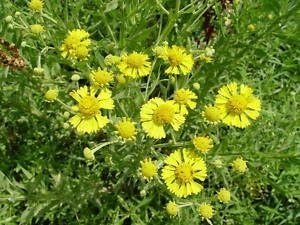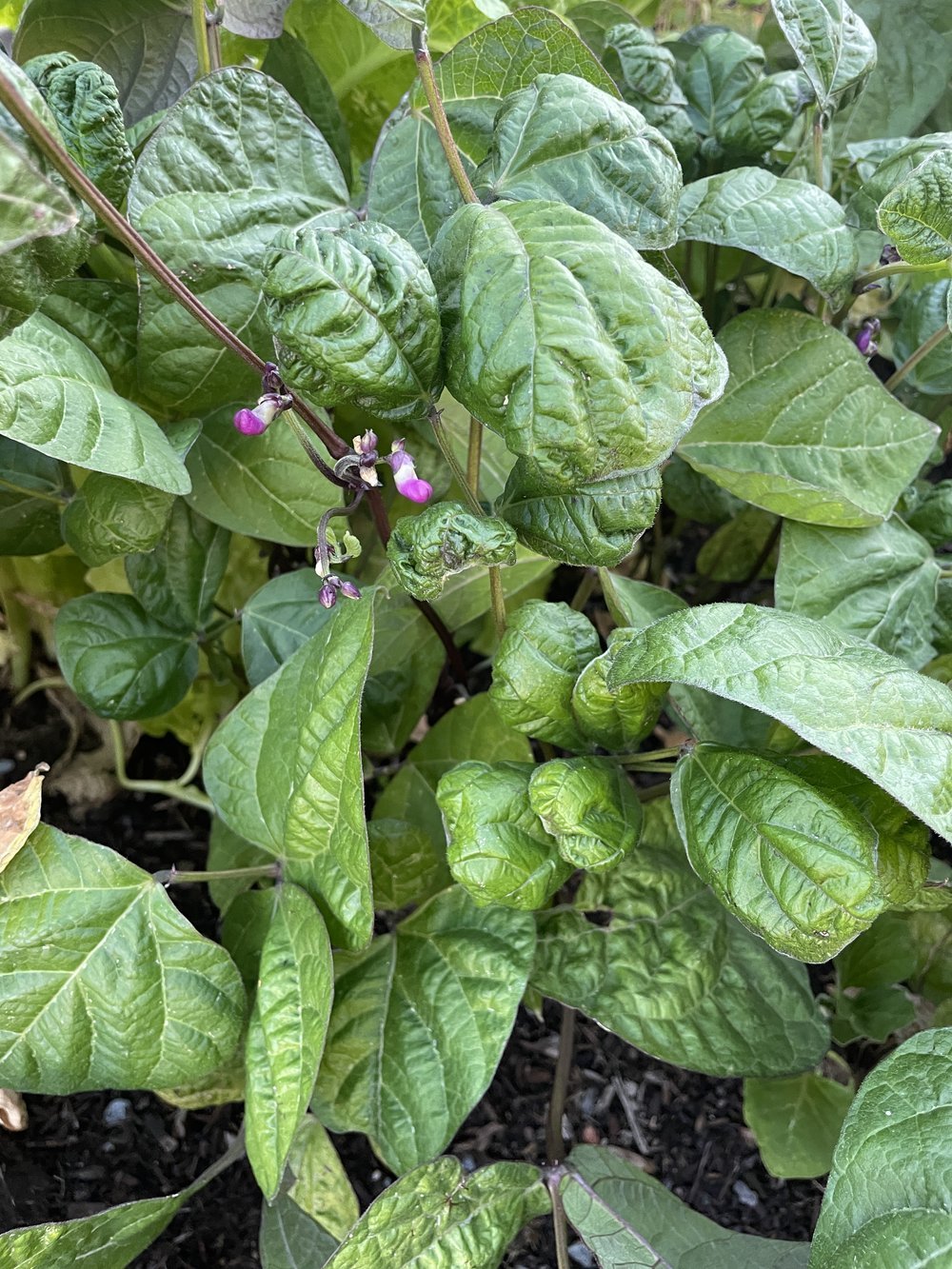Index of Farmer's Market Online® Guides
Farm Kitchen
Breads
Chocolate
Coffee
Corn
Curry
Raisins
Spices and Culinary Herbs
Tea
Good Spirits & Fine Liqueurs
Bourbon
Brandy
Gin
Rum
Tequila
Vodka
Whiskey
Home & Garden
Candles
Dough Figurines
Wreaths
In Season
Air Plants
Aloe Vera
Artichoke
Asparagus
Basil
Blackberries
Blueberries
Blood Orange
Cabbage
Catnip
Cranberries
Egyptian Walking Onions
Figs
Garlic
Grapefruit
Kale
Kohlrabi
Pawpaw
Peaches
Pecans
Peppers
Pomegranates
Pumpkin
Shelling Beans
Sour Cherries
Meats & Fish
Turkey
Nuts & Grains
Chestnuts
Plants
Air Plants
Azaleas
Bigleaf Hydrangea
Bonsai
Bronze Dutch Clover
Camellia
Carnivorous Plants
Catnip
Chestnut
Christmas Cactus
Cranberry
Easter Lily
Gentian
Heuchera
Mint
Orchids
Ornamental Cabbage
Ornamental Grasses
Pasque Flower
Pawpaws
Pinyon Pine
Poinsettia
Roseroot
Salvia
Sneezeweed
Voodoo Lily
Zinnia
Specialty Foods
Spices
Strawberries
California produces 88 per cent of the strawberries Americans eat. Total production has grown from 350,000 tons in 1986 to more than 900,000 today.
Varieties
Like apples, strawberries come in thousands of varieties, although few people can name them. All date back to a chance romance between two wild plants in a Dutch garden around 250 years ago. One was Chilean – secreted back to Europe on a French exploration vessel. The other came from the Virginia woods.
The result was a more vigorous plant bearing larger berries. Strawberry breeding was born.
Many of the popular varieties grown in home and commercial gardens were created in a 100-year-old strawberry breeding program at the USDA's Genetic Improvement of Fruits and Vegetables Laboratory in Beltsville, Maryland.
These varieties include Earliglow, Tribute, Northeaster, Blakemore and Steelmaster .
Earliglow, which was released in 1975, set a new flavor standard for strawberries. The berry is perfect for fresh eating, bite-sized and very sweet. High-yielding and
very disease resistant, Earliglow is an excellent choice for beginners and home gardeners.
Tribute, released in 1981, produces fruit multiple times during the growing season. This variety is also easy to grow, yielding large amounts of firm fruit in the spring, summer and fall.
Northeaster, released in 1994, is prized for its high-yielding large, beautiful, aromatic fruit. The berries ripen early and freeze well. Northeaster is an ideal garden variety, growing well in light or heavy soils.
Blakemore, released in 1931, was the first variety firm enough for shipping, making it possible for consumers all over the country to enjoy fresh strawberries.
The release of Steelmaster in 1954 saved the early strawberry industry from the devastating, root-rot disease called red stele.
Botany
Strawberries are complicated little plants. They produce seeds, but also reproduce vegetatively – stretching out tendrils to create genetically identical "daughters." One plant can create 25 million such clones in four year. And each piece of mature fruit can hold as many as 200 genetically-unique seeds
Humans have two sets of each chromosome. Strawberries have eight.
Carbon Footprints
"Although vilified by locavores, food travelling long distances by truck doesn't necessarily result in more greenhouse gases. On a per-pound basis, an 18-wheeler emits one-fifteenth the carbon dioxide of a delivery van heading to a local farmers' market. The latest studies reveal the distance food travels by truck matters less than how that food was produced. The second biggest energy-hog in the system is the consumer. How many people across North America will drive to grocery stores to buy these strawberries, chuck them in the fridge and a week later throw them out uneaten?" Toronto Star





